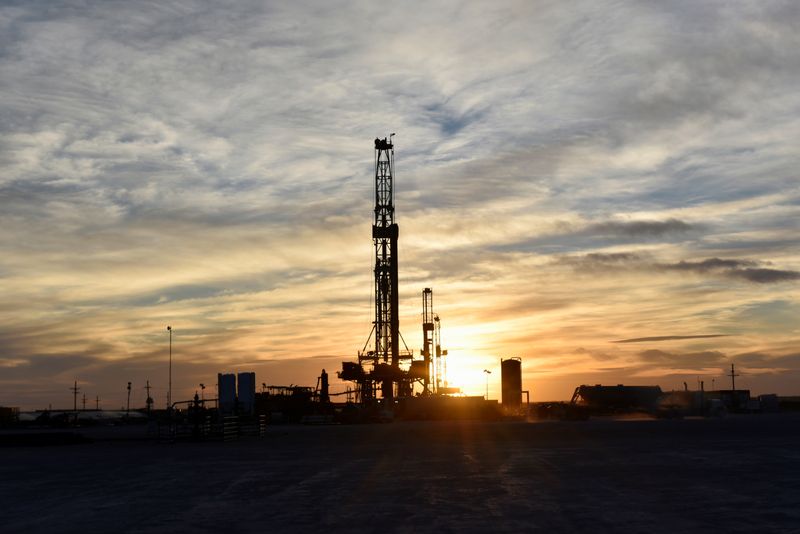
US oil firms unlikely to go ‘drill, baby, drill’ under Trump, says Exxon executive
By Ron Bousso and Robert Harvey
LONDON -U.S. oil and gas producers are unlikely to radically increase production under president-elect Donald Trump as companies remain focused on capital discipline, a senior executive at Exxon Mobil (NYSE:XOM) said on Tuesday.
“We’re not going to see anybody in ‘drill, baby, drill’ mode,” Liam Mallon, head of Exxon’s upstream division, told the Energy Intelligence Forum conference in London.
“A radical change (in production) is unlikely because the vast majority, if not everybody, is focused on the economics of what they’re doing,” he said.
“Maintaining the discipline, driving the quality, driving the information, will naturally limit that growth rate.”
Trump, who takes office on Jan. 20, pledged during the election campaign to boost domestic oil and natural gas output.
Reuters reported on Monday that his transition team was preparing a wide-ranging energy package to roll out in the first days of his presidency.
The United States has become the world’s top oil producer following a surge in shale oil production, pumping over 13 million barrels per day earlier this year. It is also the world’s leading natural gas producer.
Relaxing of land permitting processing could provide a short-term boost to production, Mallon said.
BP (NYSE:BP) CEO Murray Auchincloss told the conference on Monday that he looked forward to the Trump presidency, saying the Republican leader will help accelerate permitting time for energy projects.
Exxon earlier this year completed the $60 billion acquisition of smaller U.S. rival Pioneer Natural Resources (NYSE:PXD), consolidating its position as the largest shale producer.
Exxon expects to grow oil production in the Permian shale basin to over 2 million barrels per day, Mallon said.
“We see growth beyond the 2 million probably for a couple of years but not at that continuous same rate … certainly up to 2030 we see it growing,” he said.

